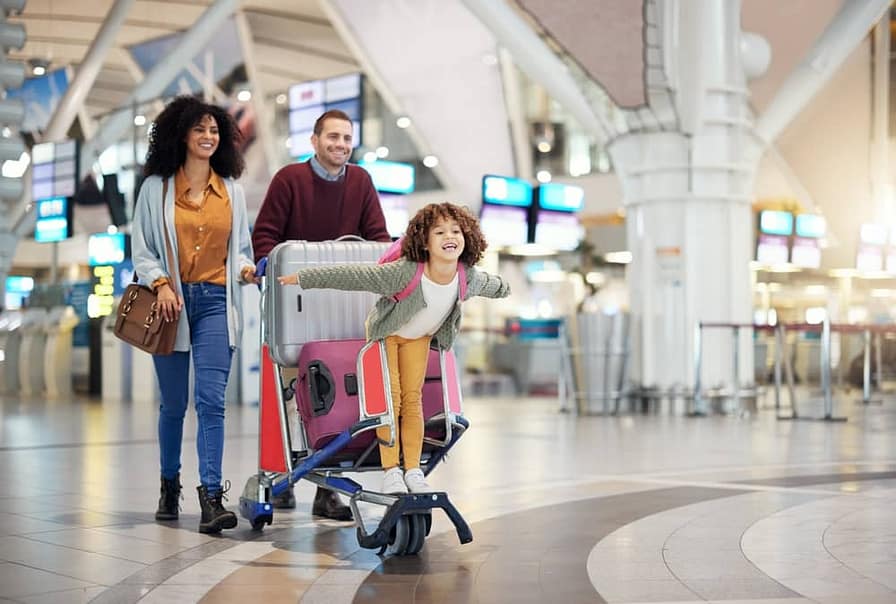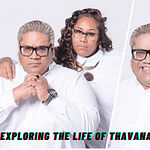Embark on a journey through the Spanish-speaking world with our comprehensive guide, “¡Buen Viaje! Your Ultimate Guide to Safe Travels in the Spanish-Speaking World.” Learn essential tips, cultural insights, and Spanish phrases for a safe and unforgettable adventure.
Table of Contents
ToggleIntroduction
Ready to salsa your way through Spain or tango through Argentina? Hold up! Before you pack those dancing shoes, let’s talk safety. This guide is far from a boring list of rules. Consider it your insider ticket to the Spanish-speaking world, where you’ll pick up tips not only to get by, but also to flourish.
From navigating unfamiliar streets to sipping sangria without a care, we’re here to guide you through. So, buckle up, amigos, and let’s get started on making your trip seguro y sensacional (safe and sensational)!
1. Understanding the Basics: Safety First!
Before you say “Adiós” to your homeland, let’s get down to brass tacks. Safety isn’t just about avoiding dark alleys. It’s about understanding the local rhythm. From Spain’s laid-back siestas to Mexico’s fiesta-filled nights, each place has its own beat.
Get familiar with emergency numbers – not all heroes wear capes, but they do answer 112 in Spain! Learn about local laws; did you know chewing gum is banned on Singapore’s public transit? And yes, always have travel insurance. It’s like a safety net for your safety net.
2. Cultural Insights: When in Rome… or Madrid!
Ah, culture! It’s what gives each destination its color. But remember, what’s cool in Cancún might not fly in Barcelona. In Spain, siesta time is sacred – shops close, streets empty. Respect it, embrace it, or better yet, take a nap! In many Latin American countries, personal space is, well, less personal.
Close conversations are the norm. And let’s talk punctuality – or the lack thereof. “Ahora” (now) in Spanish time could mean anything from 5 minutes to an hour. So, when you’re told “ahorita,” don’t rush – you’re on Latin time now.
3. Speaking the Lingo: Essential Spanish Phrases for Safety
Not all heroes wear capes; some carry phrasebooks. Knowing a bit of Spanish can be your shield. Start with the basics: greetings, thank-yous, and apologies go a long way. “¿Dónde está el baño?” is your key to finding restrooms.
And let’s not forget, “No entiendo” (I don’t understand) – a humble admission that can open up a world of help. In emergencies, “Ayuda” (help) and “Llame a la policía” (call the police) are crucial. Bonus tip: download a language app. It’s like having a translator in your pocket, minus the awkwardness.
Associated Stories: Embracing Freedom, Comfort, and Luxury in Modern RVs
4. Stay Safe, Stay Connected: Tech Tips for Travelers
In this digital age, staying connected is staying safe. A local SIM card keeps you a call away from help and lets you access maps on the go. Remember, public Wi-Fi is like a box of chocolates – you never know what you’re gonna get. So, use a VPN.
It’s like a cloak of invisibility for your data. Keep your gadgets charged; a dead phone is as good as a brick in emergencies. And don’t forget power adapters – your charger’s no Romeo without its Juliet adapter.
5. Health and Well-being: Don’t Let the Bugs Bite
Health is wealth, especially when traveling. Let’s start with the basics – food and water. Embrace local cuisine but be street-smart about street food. Look for busy stalls – a crowd is a sign of freshness. Bottled water is your best friend; tap water isn’t always belly-friendly.
And speaking of health, know where the nearest clinic is. Also, pack a first-aid kit – it’s like having a mini-doctor in your bag. Don’t forget your prescription meds, and maybe learn their Spanish names – just in case.
6. Safe Travels in Spanish: Navigating Transportation Safely
Getting around in a new place can be thrilling but tricky. When using public transport, keep an eye on your belongings – pickpockets love a crowded bus. Taxis? Ensure they’re official; look for the license and meter. And if you’re feeling adventurous with a rental car, remember: local traffic laws might differ from back home.
Also, GPS is great, but old-school maps don’t need a signal. Keep one handy for those off-grid explorations or when your phone decides to play dead.
7. Keeping Your Belongings Safe: A Traveler’s Toolkit
Your belongings are part of your travel story; let’s keep it that way. Packing smart is key – leave the ‘bling’ at home. It’s about blending in, not standing out. Use luggage locks and consider anti-theft bags. When out and about, keep your valuables close.
Money belts aren’t just for dads anymore! And copies – keep digital copies of important documents like your passport. In the cloud or a USB stick, it’s your plan B in case of loss or theft.
8. Adventure Awaits: Safe Exploration Off the Beaten Path
Adventure is calling, but let’s not forget safety. When exploring off the beaten path, always inform someone about your plans – a hotel receptionist or a travel buddy. Local guides aren’t just for history lessons; they know the safe routes and hidden gems.
Dress appropriately for the terrain and weather – no flip-flops on a hike, por favor! And always have a small survival kit – a flashlight, a whistle, some snacks, and water. It’s better to have it and not need it than to need it and not have it.
FAQs: Everything You Wanted to Ask About Safe Travels in Spanish
- What are the top safety tips for traveling in Spanish-speaking countries?
- Learn basic Spanish phrases.
- Stay informed about local customs and laws.
- Always be vigilant with your personal items, particularly in busy spots.
- What steps should I take in case of a medical emergency in a country where Spanish is the primary language?
- Know the local emergency number (often 112).
- Carry a translation app or a phrasebook.
- Have travel insurance that covers medical emergencies.
- What steps should I take if my passport goes missing?
- Immediately contact your country’s nearest embassy or consulate.
- Keep digital copies of
your passport and important documents.
- Are there any specific scams I should be aware of in these regions?
- Be wary of overly friendly strangers offering help or deals.
- Watch out for distraction thefts and pickpockets.
- How can learning Spanish improve my travel safety?
- It helps in emergencies and medical situations.
- Enhances interactions with locals, who can offer advice and help.
Conclusion
And that’s the scoop, friends – your comprehensive guide to navigating the Spanish-speaking world safely. With this knowledge in hand, you’re more than just a tourist; you’re a well-prepared, street-smart explorer. You’re ready to embrace new adventures, taste exotic foods, and make unforgettable memories, all while staying seguro (safe).
Remember, traveling is not just about seeing new places; it’s about experiencing them safely and responsibly. So pack your bags, charge your phones, and let’s hit the road – safely, of course. ¡Buen viaje!
Recommended Reads: Beyond the Horizon: Embracing Freedom, Comfort, and Luxury in Modern RVs







